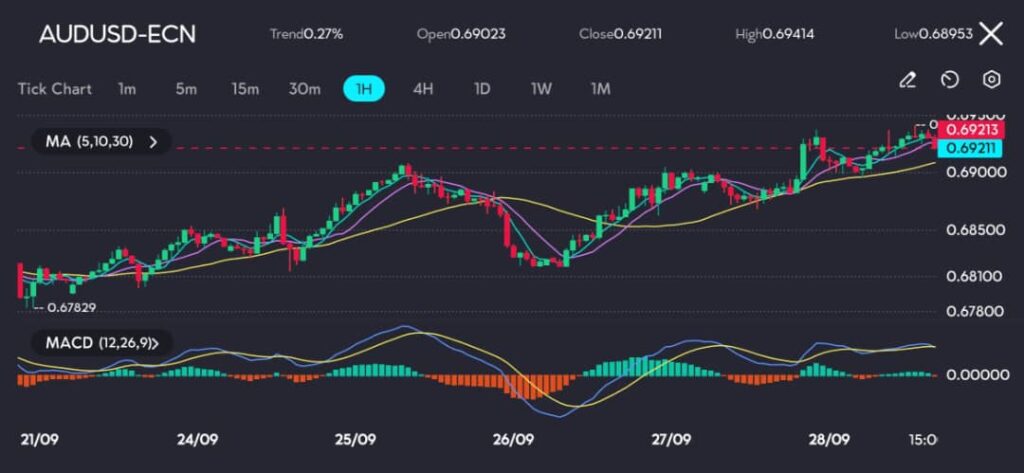Key points
- Japan’s yen surged on Friday but stabilised after the incoming prime minister signalled continued monetary easing.
- China’s stimulus lifted the Australian and New Zealand dollars to multi-month highs, fuelling hopes for economic recovery.
The yen made a strong move last Friday after Shigeru Ishiba, a critic of aggressive monetary easing, won the leadership of Japan’s ruling party.
The yen pushed to a one-week high of 141.75 against the dollar in the Asia session on Monday. However, Ishiba’s recent comments, broadcast on NHK, suggested that Japan’s accommodative monetary stance would persist due to the fragile economic outlook.
Trending: Ishiba to Reshape the Japanese Economy
Market participants interpreted this as a reason for the yen’s upward momentum to pause, as an accommodative stance implies more support for domestic growth but limits the yen’s strengthening potential.
Additionally, the possibility of a snap election could weaken the yen further, at least in the short term, as traders brace for political uncertainties.
Commodity currencies rally as China implements stimulus measures
Commodity-linked currencies received a strong boost on the back of China’s latest round of stimulus measures.
The Australian dollar surged to a 20-month high of $0.6941, up 0.5%, while the New Zealand dollar followed suit, rising 0.5% to $0.6375, reaching its highest level in over a year.

See: Further upside for Aussie. Download the VT Markets app now.
We look to the charts for guidance. The AUD/USD pair closed at 0.69211 after reaching an intraday high of 0.69414, reflecting continued upward momentum from the previous sessions. The pair has been gradually climbing, supported by a weaker U.S. dollar and increased risk appetite in global markets.
We see that the MACD indicator shows continued bullish momentum, with the MACD line staying above the signal line and the histogram in positive territory. The moving averages (5, 10, 30-period) align with the bullish trend, as the price remains comfortably above the 5-period moving average.
Traders are now hopeful that China’s stimulus measures, which include fiscal support and rate cuts, could stabilise the slowing economy, benefiting countries that rely heavily on Chinese growth, such as Australia and New Zealand.
U.S. inflation remains controlled, signaling potential dollar weakening
Last week, the U.S. Federal Reserve’s preferred inflation measure showed a controlled inflation rate of 2.2% for the 12 months ending in August. This helped push U.S. Treasury yields lower and put downward pressure on the dollar. T
he trend for the dollar over the next year is expected to be one of weakening, as inflation remains under control and interest rates trend lower. This could bode well for risk assets and commodity currencies, particularly the Australian dollar.
China’s stimulus has also driven a rally in the yuan, which broke the 7-per-dollar mark in offshore trading last Friday. On Monday, the yuan traded at 7.0129 in onshore markets. The strength of the yuan, despite rate cuts, reflects growing confidence in China’s ability to reignite economic growth.
If China’s economic recovery gains traction, the ripple effects could be felt in broader markets, lifting commodity prices and supporting currencies tied to global growth.
In the short term, the dollar could face additional headwinds as global market participants shift toward riskier assets. However, any political instability in Japan could temper gains in the yen, while China’s stimulus efforts may be a decisive factor for commodity currencies in the coming months.
Start trading now — click here to create your live VT Markets account.









